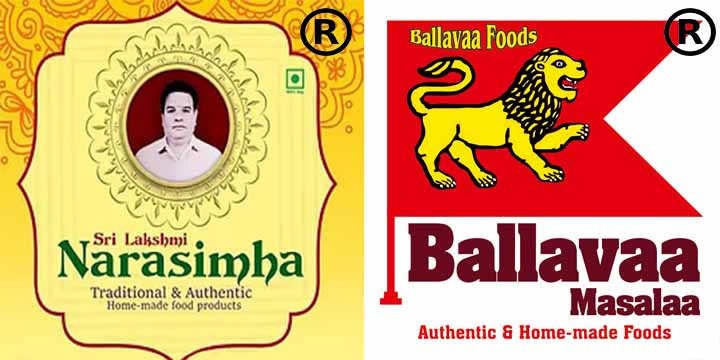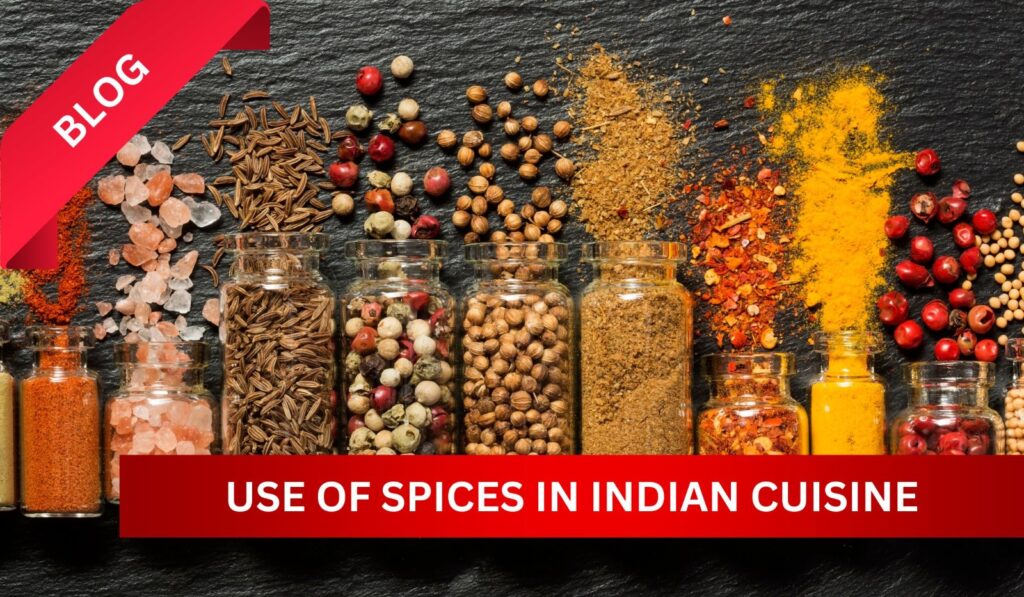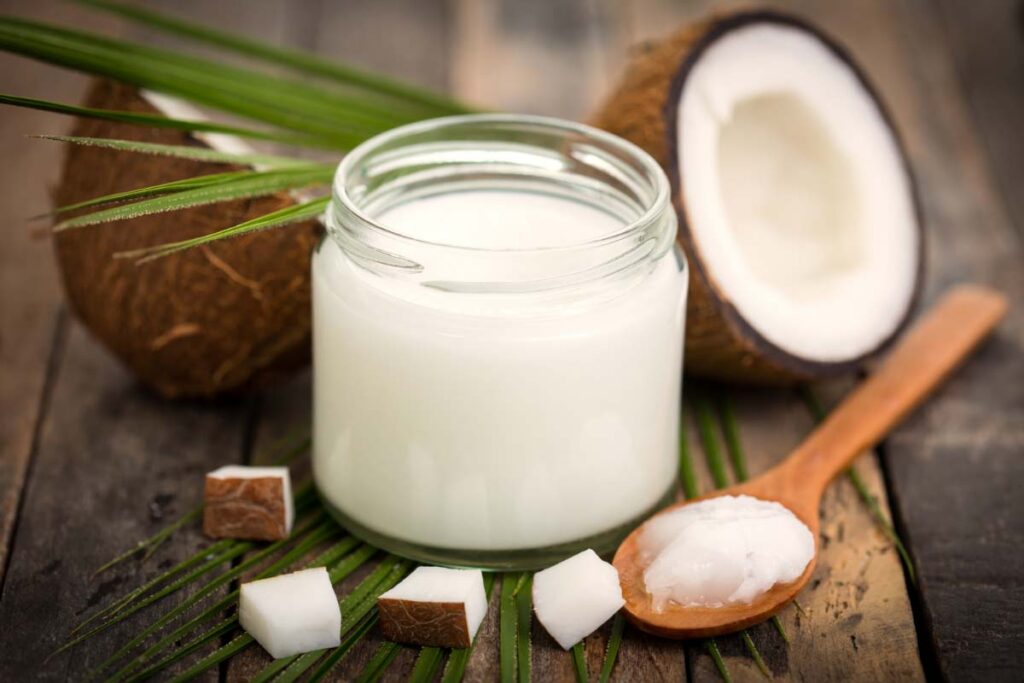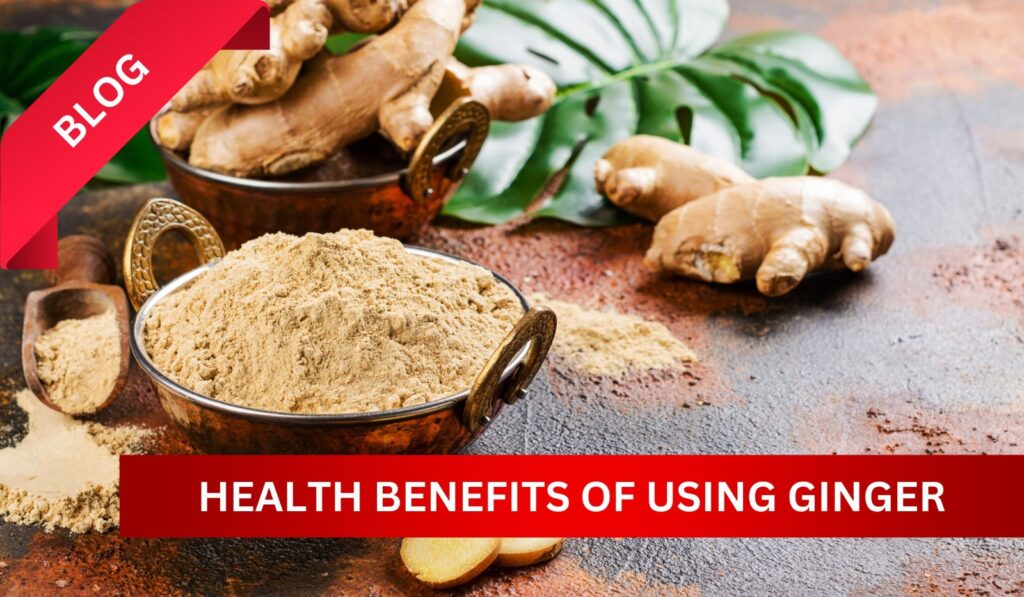Indian cuisine is renowned worldwide for its rich, aromatic flavors and bold use of spices. From the fiery heat of chili peppers to the earthy warmth of cumin, the spices used in Indian cooking play a crucial role in creating the unique taste and aroma that makes this cuisine so popular.
In India, spices are not just a way to add flavor to food, but also a symbol of culture, tradition, and heritage. The country’s rich history of trade and conquest has resulted in a diverse array of spices, each with its unique flavor and medicinal properties. Here are some of the most commonly used spices in Indian cuisine and their benefits:
Turmeric: Turmeric is a bright yellow spice that is widely used in Indian cuisine. It has a warm, slightly bitter flavor and is often used to add color to dishes. Turmeric is also renowned for its medicinal properties and has been used for centuries in Ayurvedic medicine to treat a variety of ailments, including inflammation and digestive issues.
Cumin: Cumin is a warm, earthy spice that is commonly used in Indian cuisine. It has a slightly sweet flavor and is often used in spice blends such as garam masala and curry powder. Cumin is believed to aid digestion and is also a good source of iron.
Coriander: Coriander is a fragrant spice with a citrusy flavor. It is used in a variety of Indian dishes, including curries, chutneys, and soups. Coriander is believed to have anti-inflammatory properties and may also help lower cholesterol levels.
Cardamom: Cardamom is a sweet, fragrant spice that is often used in Indian desserts and chai tea. It has a cooling effect on the body and is believed to aid digestion and freshen breath.
Cloves: Cloves are a pungent spice with a strong, sweet flavor. They are often used in spice blends such as garam masala and are also commonly used to flavor rice dishes and meat curries. Cloves are believed to have antimicrobial and anti-inflammatory properties.
Cinnamon: Cinnamon is a sweet, warm spice that is commonly used in Indian desserts and chai tea. It is also used in spice blends such as garam masala and can add a subtle sweetness to savory dishes. Cinnamon is believed to help regulate blood sugar levels and may also have anti-inflammatory properties.
In Indian cuisine, spices are typically toasted or fried before being added to dishes, which helps to release their flavors and aromas. They are also often combined in spice blends such as garam masala, which typically includes a mix of cinnamon, cardamom, cloves, cumin, and coriander.
In conclusion, the use of spices is an essential part of Indian cuisine, not just for their flavor but also for their medicinal properties. The unique combination of spices in each dish creates a culinary experience that is unmatched anywhere else in the world. So the next time you sit down to enjoy a delicious Indian meal, take a moment to appreciate the spices that make it so special.





